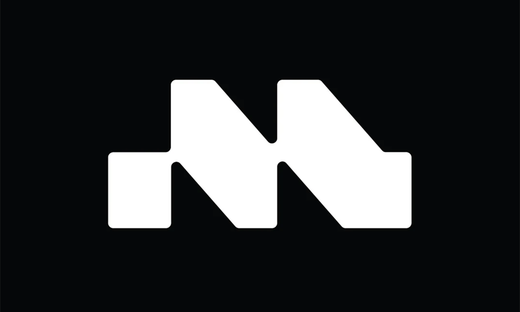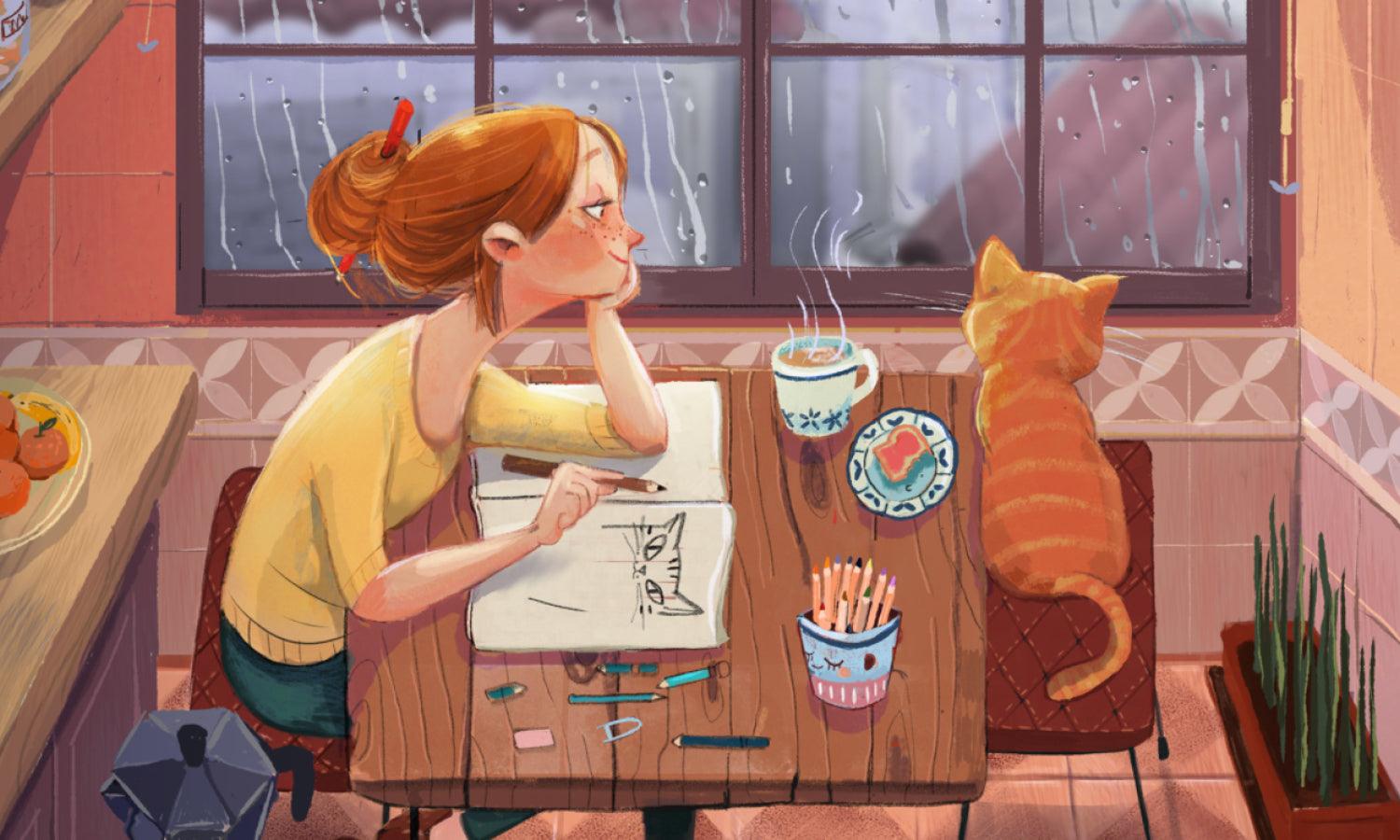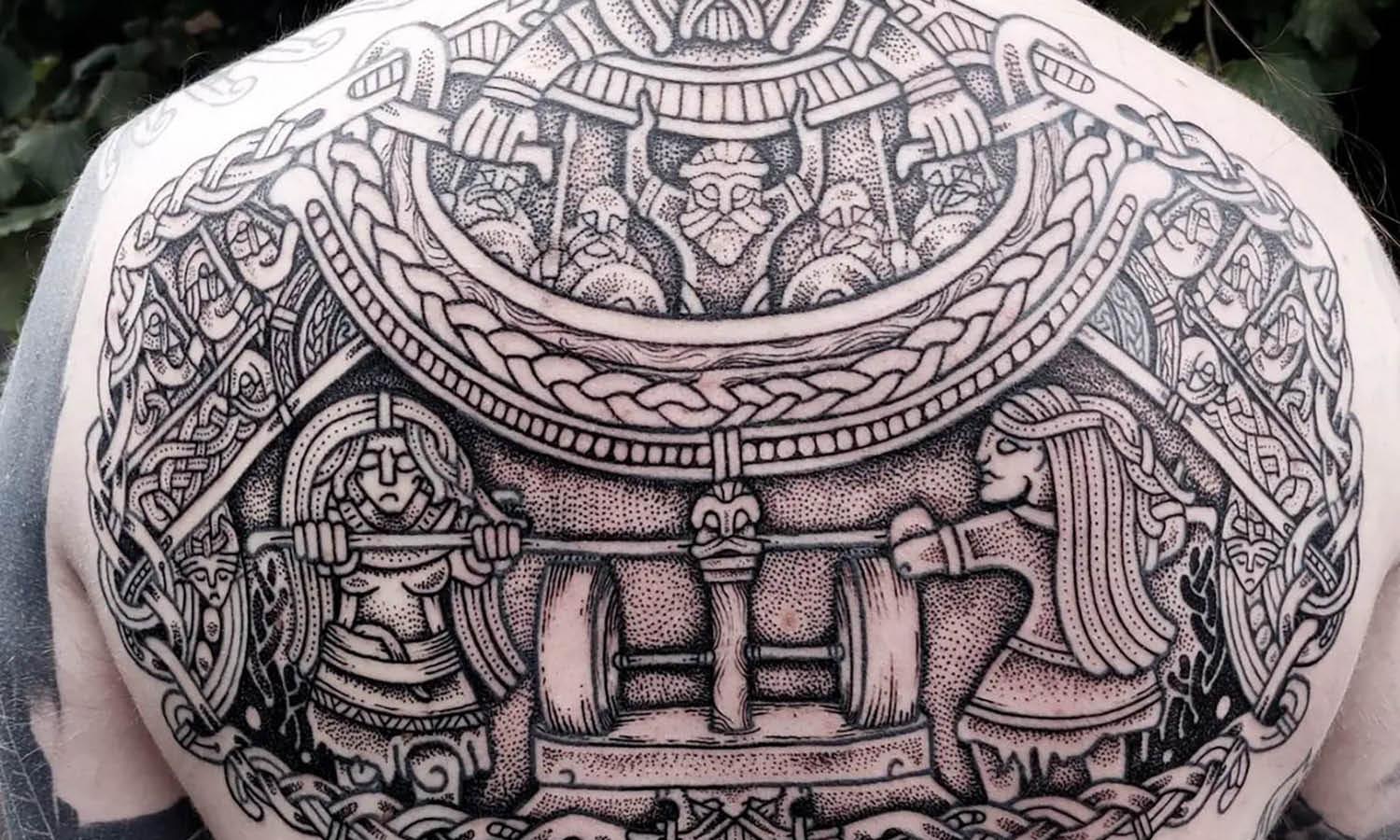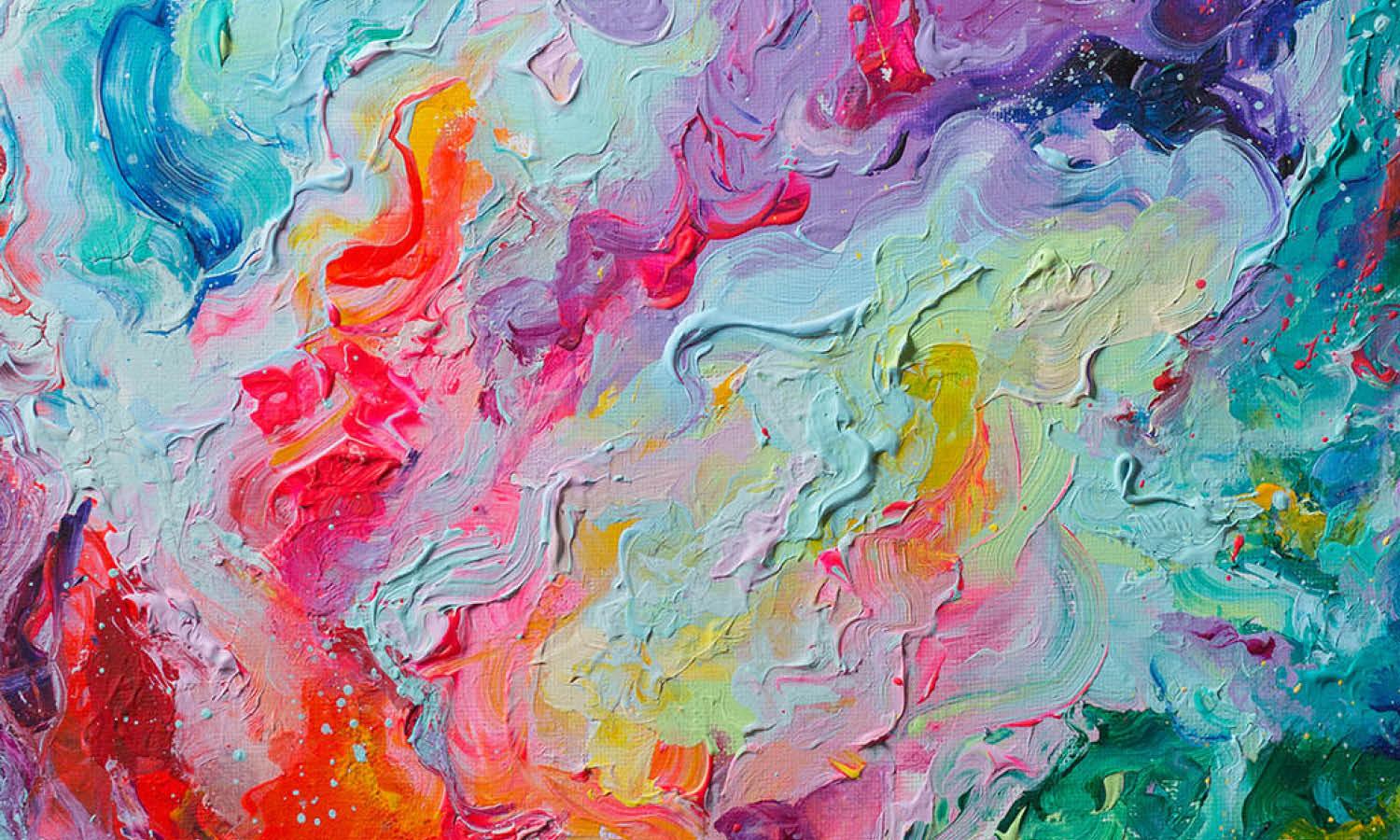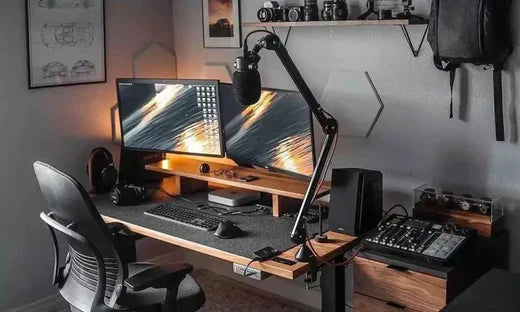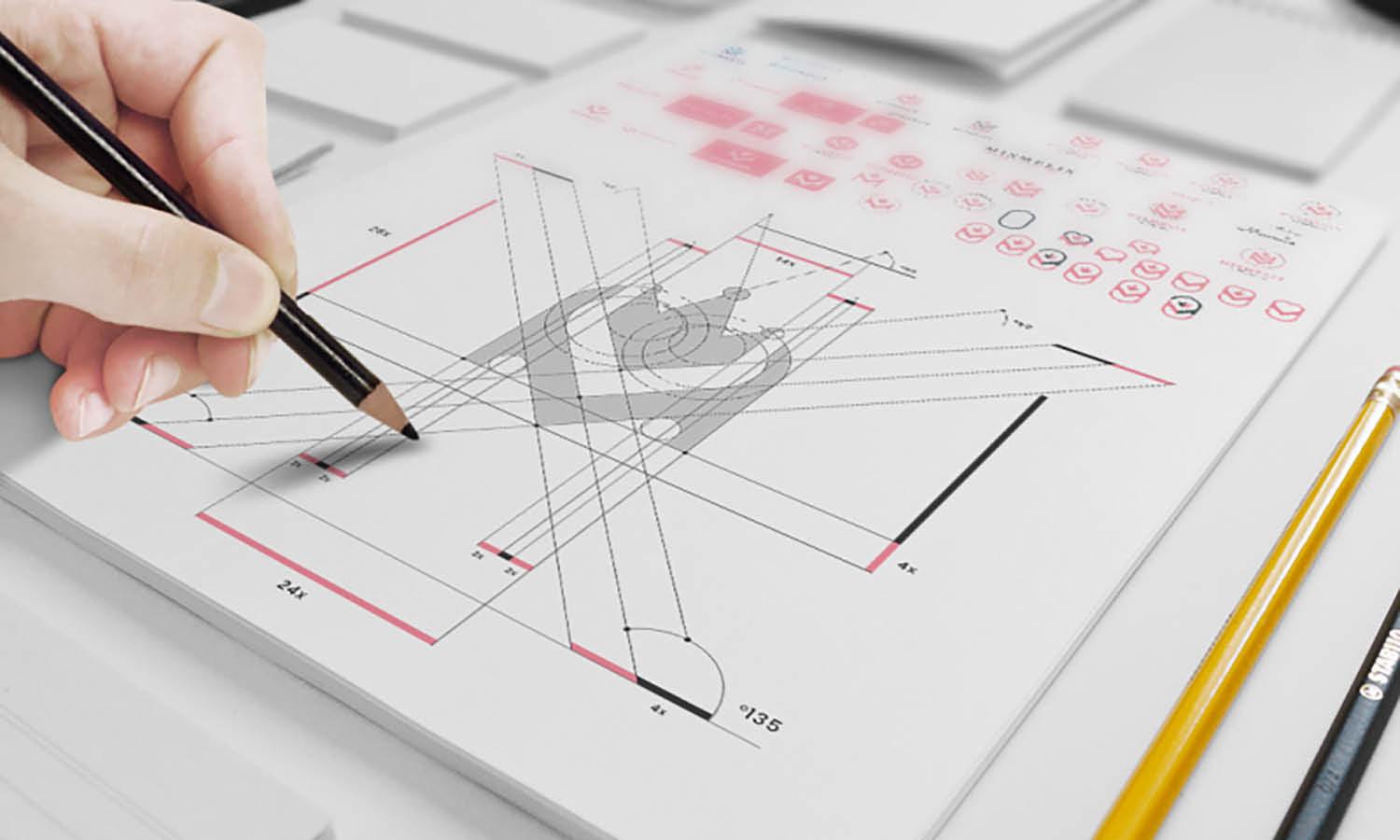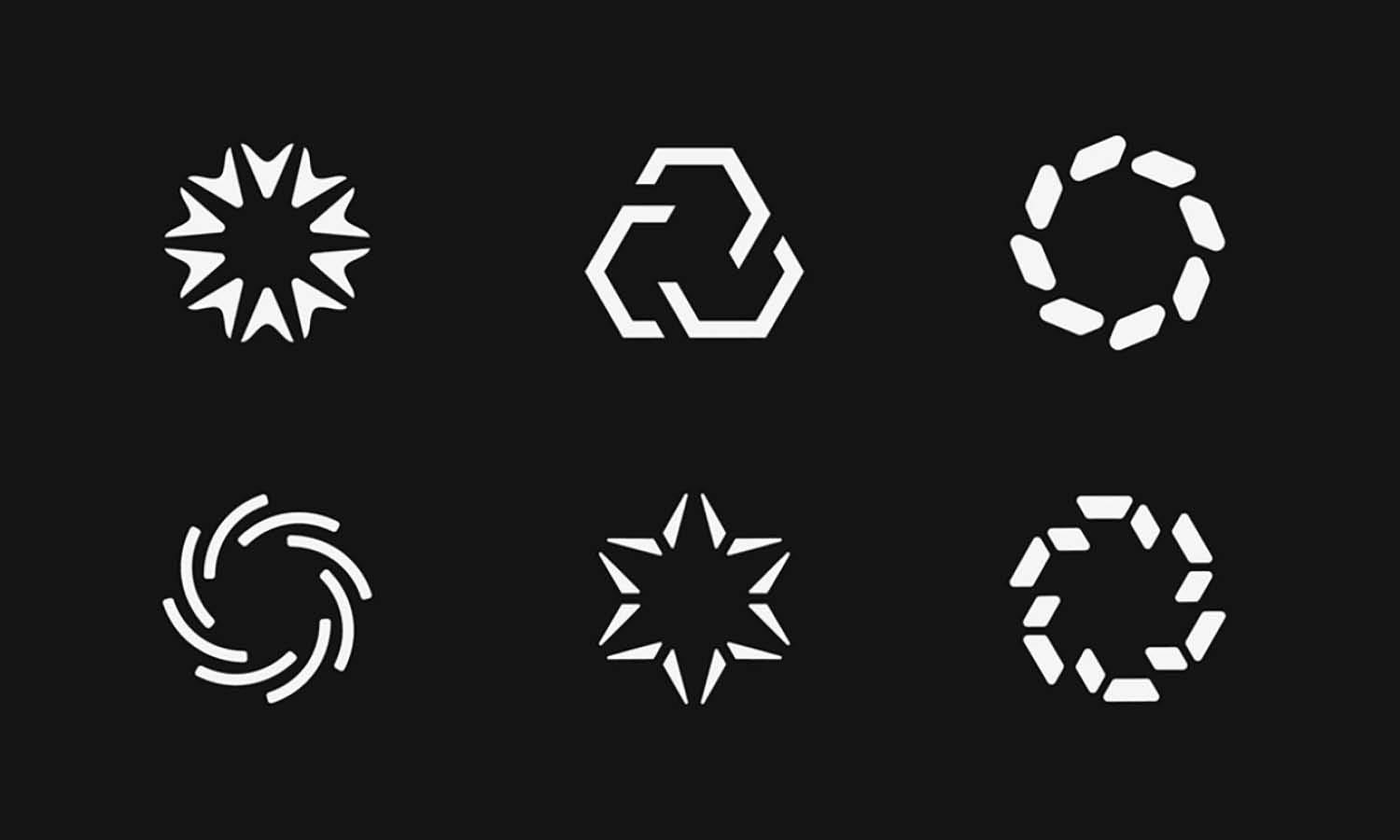The Power of AI Image Detectors: How They Work and Why They Matter

Source: https://vmodel.ai/models/vmodel/video-watermark-remover/
In the ever-evolving world of artificial intelligence, one area gaining massive attention is image authenticity. As AI tools become more powerful, generating hyper-realistic photos, artworks, and portraits in seconds, the line between what’s real and what’s AI-generated is blurring. This has sparked an urgent need for technology that can detect AI-created visuals — and that’s where the AI Image Detector comes in.
Whether you’re a journalist verifying digital content, a brand protecting your visual assets, or just a curious internet user, understanding how AI image detectors work (and how to use them effectively) is now essential.
Let’s dive into how this technology works, why it’s becoming so crucial, and how you can use it to navigate a world increasingly shaped by AI-generated visuals.
What Is an AI Image Detector?
An AI image detector is an intelligent tool designed to identify whether an image was generated or altered using artificial intelligence. It analyzes visual clues that may not be visible to the human eye — such as inconsistencies in lighting, pixel patterns, metadata, and even texture details that AI algorithms often struggle to replicate perfectly.
For instance, have you ever noticed slightly strange reflections in someone’s eyes in an AI portrait? Or hands with too many fingers? These subtle signs are just the tip of the iceberg. AI image detectors go deeper — using machine learning models trained on thousands (or even millions) of examples of real and AI-generated images — to distinguish between authentic and synthetic visuals with impressive accuracy.
Why Do We Need AI Image Detectors?
The need for AI image detectors has skyrocketed for several reasons:
1. Combatting Deepfakes and Misinformation
Deepfake technology has made it easier than ever to manipulate images or create entirely fake ones. These can be used to spread misinformation, damage reputations, or even influence public opinion. AI image detectors act as the first line of defense against this growing threat by helping users verify the source and authenticity of visual content.
2. Preserving Artistic and Creative Integrity
Artists and photographers spend years mastering their craft. When AI-generated images start circulating online without clear attribution, it becomes difficult to protect original human-made art. Tools like the AI Image Detector empower creators to ensure their work isn’t confused or replaced by AI replicas.
3. Ensuring Trust in Digital Media
In journalism, education, and corporate environments, trust is everything. Media outlets and educators increasingly rely on AI image detection tools to maintain credibility and transparency in an age of visual manipulation.
How AI Image Detectors Work
AI image detectors rely on deep learning algorithms trained to recognize minute patterns that differentiate real images from AI-generated ones. Here’s how the process generally works:
-
Data Training:
The detector is trained using vast datasets containing both authentic and AI-generated images. Over time, the system learns to recognize subtle differences.
-
Feature Analysis:
When an image is uploaded, the detector scans it for visual inconsistencies — such as irregular pixels, unnatural shadows, texture mismatches, and anomalies in edges or facial details.
-
Probability Scoring:
The tool then provides a probability score, indicating how likely it is that the image was created by AI.
-
Reporting and Insights:
Some detectors also offer insights about the model that might have generated the image — for example, whether it came from tools like Midjourney, DALL·E, or Stable Diffusion.
This multi-layered process ensures a high degree of accuracy, even as AI image generators evolve.
Real-World Applications of AI Image Detection
The uses of AI image detection span across industries and user types. Here are some of the most impactful examples:
1. News and Media Verification
Journalists and fact-checkers use AI image detectors to verify visuals before publication. This helps prevent the spread of false or manipulated images that could mislead readers.
2. Academic Research
Educators and researchers use detection tools to ensure that images or illustrations used in papers and studies are authentic, supporting academic integrity.
3. Brand Protection
Businesses use AI image detectors to safeguard their brand identity from counterfeit visuals, fake ads, or AI-generated logos circulating online.
4. Social Media Platforms
Platforms are beginning to integrate AI detection systems to flag and label synthetic content, making social feeds more trustworthy.
How to Use an AI Image Detector Effectively
Using an AI image detector is simple, but getting accurate results requires a thoughtful approach. Here are a few tips:
- Use high-quality images: Low-resolution images can make detection harder, so always upload clear versions.
- Check metadata: Some tools provide additional data insights — don’t skip those details.
- Combine tools: For critical verifications, use more than one detector for cross-checking.
- Stay updated: AI generators evolve fast; make sure your detection tool updates regularly.
A great place to start is the AI Image Detector, which offers an intuitive interface, reliable results, and continuous updates to keep up with the latest AI trends.
The Challenge: AI vs. AI
One of the fascinating aspects of this field is that it’s essentially AI battling AI. As image-generation models like Midjourney or Sora become more advanced, they learn to mimic human-like imperfections, making detection harder. In response, detection tools must evolve just as rapidly to identify the latest generation techniques.
It’s a digital cat-and-mouse game — and so far, detectors are keeping pace impressively. But users should always remember that no detector is 100% perfect. The key is to use these tools as decision-support systems, not absolute truth machines.
Related Technologies: Removing AI Watermarks
While detection tools identify AI-generated images, other technologies focus on editing or improving them. One interesting example is Sora Watermark Remove — a handy AI-powered tool designed to cleanly remove watermarks from videos. This helps creators and editors refine AI-generated or watermarked content for professional use while maintaining quality and precision.
Together, such tools form part of a growing ecosystem around AI media management — enabling users to create, detect, and enhance visual content responsibly.
The Ethical Side of AI Image Detection
While the technology is powerful, it also raises important ethical questions. For example, should all AI-generated images be labeled as such? Who is responsible if someone uploads fake visuals? How should platforms balance creativity with transparency?
As AI-generated content continues to spread, regulators, platforms, and developers must work together to ensure responsible use — where authenticity, privacy, and creative freedom coexist harmoniously.
The Future of AI Image Detection
Looking ahead, AI image detection will likely become a built-in feature across major platforms and browsers — automatically identifying synthetic visuals as you browse or share content.
We can also expect to see:
- Blockchain-based verification of authentic photos
- Standardized AI content labels across social platforms
- Integration with search engines to flag AI content results
As technology matures, users won’t need to be tech experts to verify what’s real — authenticity checks will become seamless and automatic.
Conclusion
In a digital world where AI-generated visuals are everywhere, the AI Image Detector plays a critical role in restoring trust and transparency. It empowers journalists, creators, brands, and everyday users to separate real from artificial, truth from illusion.
And while tools like Sora Watermark Remove help refine AI-generated media for creative use, detectors ensure that we remain informed and vigilant about what we see online.
As technology continues to evolve, one thing remains clear — awareness and authenticity are the new digital currency. By leveraging smart detection tools, we can ensure that AI serves creativity, not confusion.

